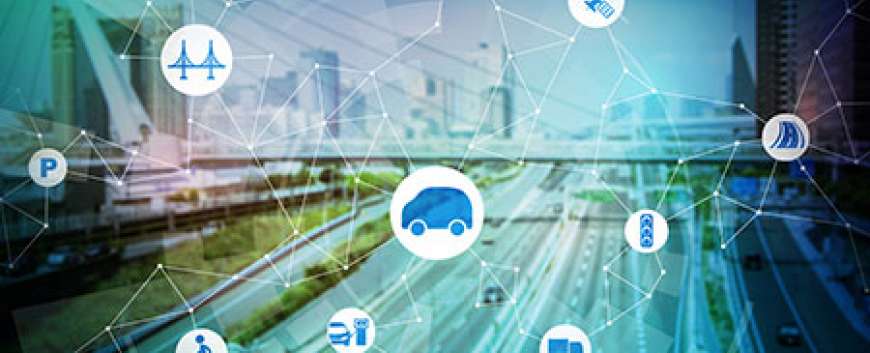Autonomous Driving: Part 1-Sensing and Perception
Top Reasons to Join SPS Today!
1. IEEE Signal Processing Magazine
2. Signal Processing Digital Library*
3. Inside Signal Processing Newsletter
4. SPS Resource Center
5. Career advancement & recognition
6. Discounts on conferences and publications
7. Professional networking
8. Communities for students, young professionals, and women
9. Volunteer opportunities
10. Coming soon! PDH/CEU credits
Click here to learn more.
Autonomous Driving: Part 1-Sensing and Perception
The articles in this special section were focused on the current state of the art as well as emerging trends in the design, development, and deployment of sensing and perception technologies for autonomous and automated driving. Such technologies include camera, ultrasound, Global Navigation Satellite System-, lidar-, and radar-based platforms integrat ing signa l processing components to process the acquired data and extract information to be used for recognition, navigation, and situational awareness. Despite recent advances in such sensing platforms, the performance of these sensors can be significantly constrained by their quality–cost tradeoff, excessive energy consumpt ion, and inconsistency under varying environmental conditions.
The integration of advanced sensing, signal processing, artificial intelligence, and controls technologies into vehicles is enabling intelligent automated vehicles that can navigate autonomously in various environments. In particular, autonomous driving and, more generally, automated driving are receiving more attention, with significantly increasing resources deployed to enable safe, reliable, and efficient automated mobility in complex, uncontrolled real-world environments and for various applications ranging from automated transportation, and farming to public safety and environmental exploration. Signal processing is a critical component of automated driving. Some of the needed enabling technologies include affordable sensing platforms that can acquire useful data under varying environmental conditions; reliable simultaneous localization and mapping; machine learning that can effectively handle varying real-world conditions and unforeseen events; “machine learning- friendly” signal processing to enable more effective classification and decision making; hardware and software codesign for efficient real-time performance; resilient and robust platforms that can withstand adversarial attacks and failures; and end-to-end system integration of sensing, signal processing, machine learning, and controls.
This special issue on autonomous driving will be presented in two parts: Part 1—Sensing and Perception and Part 2—Learning and Cognition [scheduled for publication in the January 2021 issue of IEEE Signal Processing Magazine (SPM)].
In this Issue
The goal of Part 1 is to provide researchers and professionals with tutorial-style articles covering the current state of the art as well as emerging trends in the design, development, and deployment of sensing and perception technologies for autonomous and automated driving. Such technologies include camera, ultrasound, Global Navigation Satellite System-, lidar-, and radar-based platforms integrating signal processing components to process the acquired data and extract information to be used for recognition, navigation, and situational awareness. Despite recent advances in such sensing platforms, the performance of these sensors can be significantly constrained by their quality–cost tradeoff, excessive energy consumption, and inconsistency under varying environmental conditions. Key concepts and the latest advances underlying the operation of such sensing technologies are discussed in Part 1 of this special issue. This special issue also sheds light on remaining challenges that need to be addressed to enable further performance improvements.
SPS Social Media
- IEEE SPS Facebook Page https://www.facebook.com/ieeeSPS
- IEEE SPS X Page https://x.com/IEEEsps
- IEEE SPS Instagram Page https://www.instagram.com/ieeesps/?hl=en
- IEEE SPS LinkedIn Page https://www.linkedin.com/company/ieeesps/
- IEEE SPS YouTube Channel https://www.youtube.com/ieeeSPS














